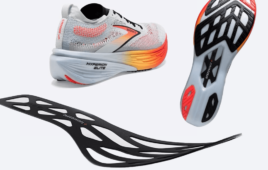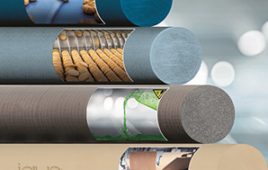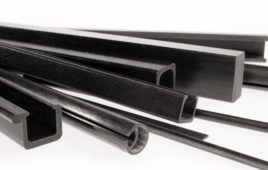Machine parts wear, if there is friction between their metal surfaces. Lubricants and functional oils help prevent this. They attract dirt, debris and dust, and over time form lumps or become resinous. Machine parts then have to be intensively cleaned and regreased, which leads to more frequent maintenance, greater consumption of resources, polluting waste or machine breakdowns.
Researchers at the INM – Leibniz Institute for New Materials have now developed a functional coating which lubricates without grease and protects against corrosion at the same time. It is suitable as a coating for metals and metal alloys such as steel, aluminum or magnesium.
The INM from Saarbruecken will be one of the few German research institutions at the TechConnect World trade fair on 16 and 17 June in Washington DC, USA, where it will be presenting this and other results. Working in cooperation with the VDI Association of German Engineers it will be showcasing its latest developments at Stand 301 in the German Area.
“The thing about our low friction coating is its composition and structure”, explains Carsten Becker-Willinger, Head of the Nanomers Program Division. “We have incorporated platelet-like solid lubricants and platelet-like particles in a binder. When this mixture is applied to a surface, it produces a well-ordered structure in which these various particles are arranged in a roof tile pattern”, he adds. This forms a so-called transfer film between the low friction coating and the object through which surfaces can slide with the minimum of friction. “The particular mixture ratio means that our composite has a very low coefficient of friction. If we only used a solid lubricant, the coefficient of friction would be considerably higher”, says the chemist.
The roof tile structure not only provides low-friction sliding, it also acts as a barrier. This is a particular advantage because as a result the material also prevents moisture or salts penetrating metal surfaces, thus also protecting against corrosion. In a neutral salt spray context, the composite has a corrosion resistance of over 1000 hours on low-alloy steel.
The bonded coating can be applied using classic wet chemistry processes such as spraying or dipping. The roof tile structure forms by simple thermal curing without any further assistance in self-organization.
Filed Under: Materials • advanced




